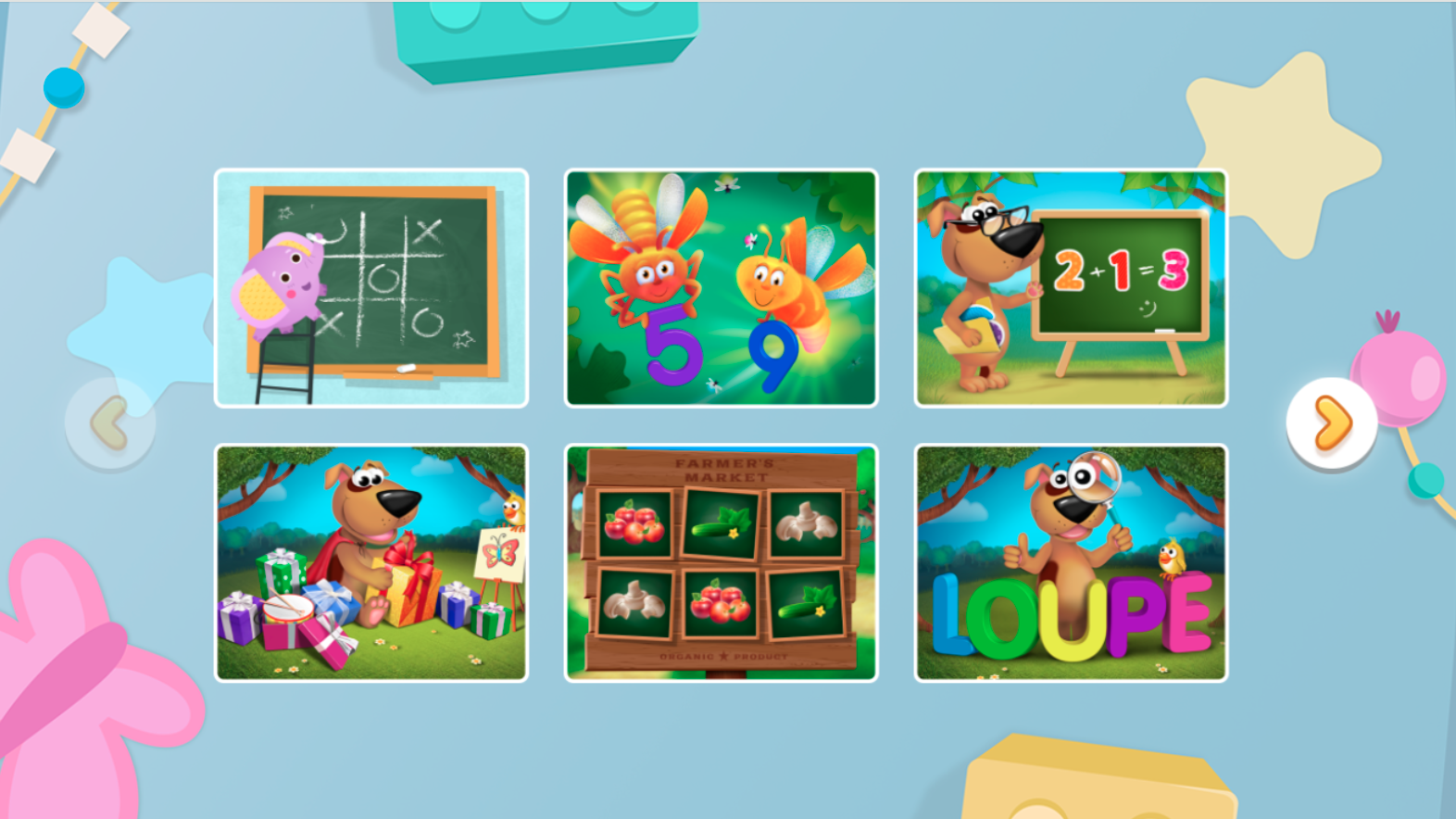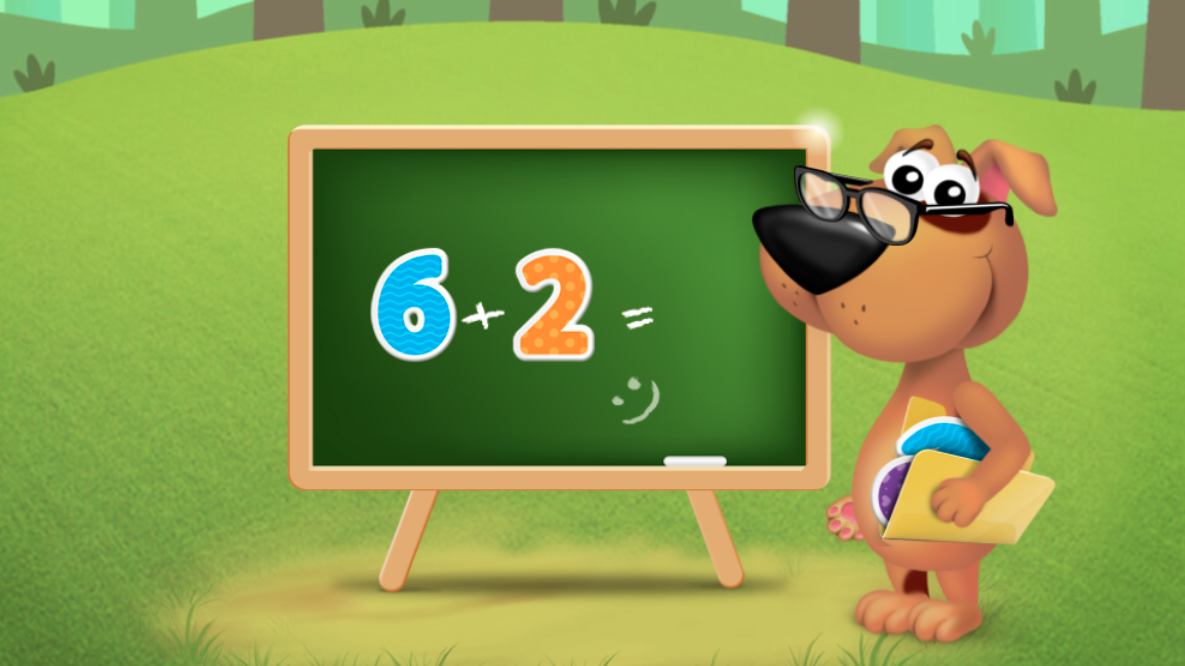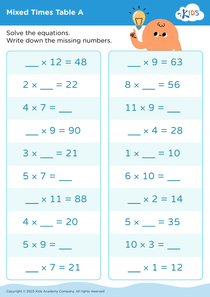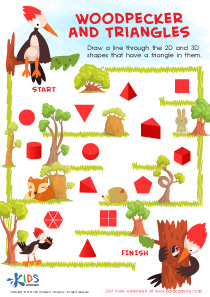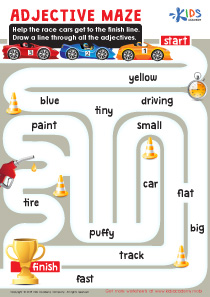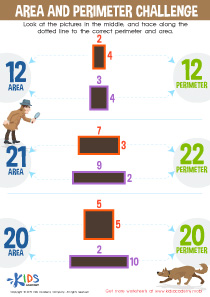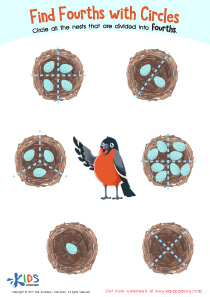Extra Challenge Tracing Shapes Worksheets for Ages 3-8
4 filtered results
-
From - To
Introduce your child to the exciting world of geometry with our Extra Challenge Tracing Shapes Worksheets designed for ages 3-8! These fun and engaging worksheets promote fine motor skills, hand-eye coordination, and early math development. Perfect for young learners, each worksheet provides creative tracing challenges to help children recognize and master various shapes. With a range of difficulty levels, these worksheets are tailored to aid gradual learning progression. Set your child up for success in a playful and educational manner by incorporating these worksheets into their daily activities. Unlock the tools for confident and curious young minds today!
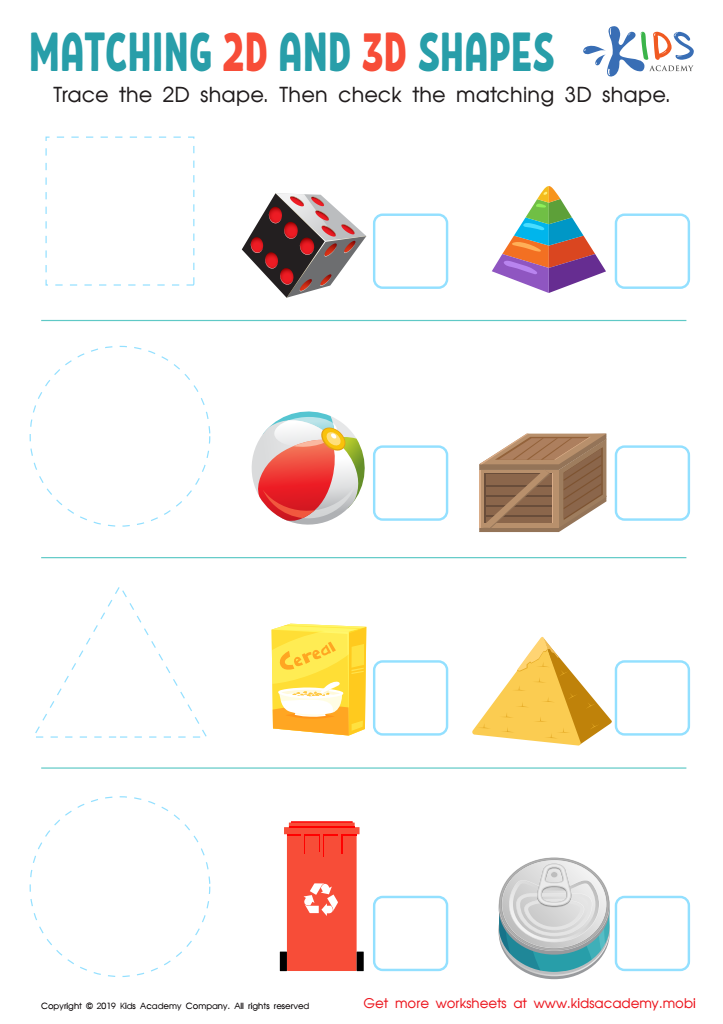

Matching 2D and 3D Shapes Worksheet
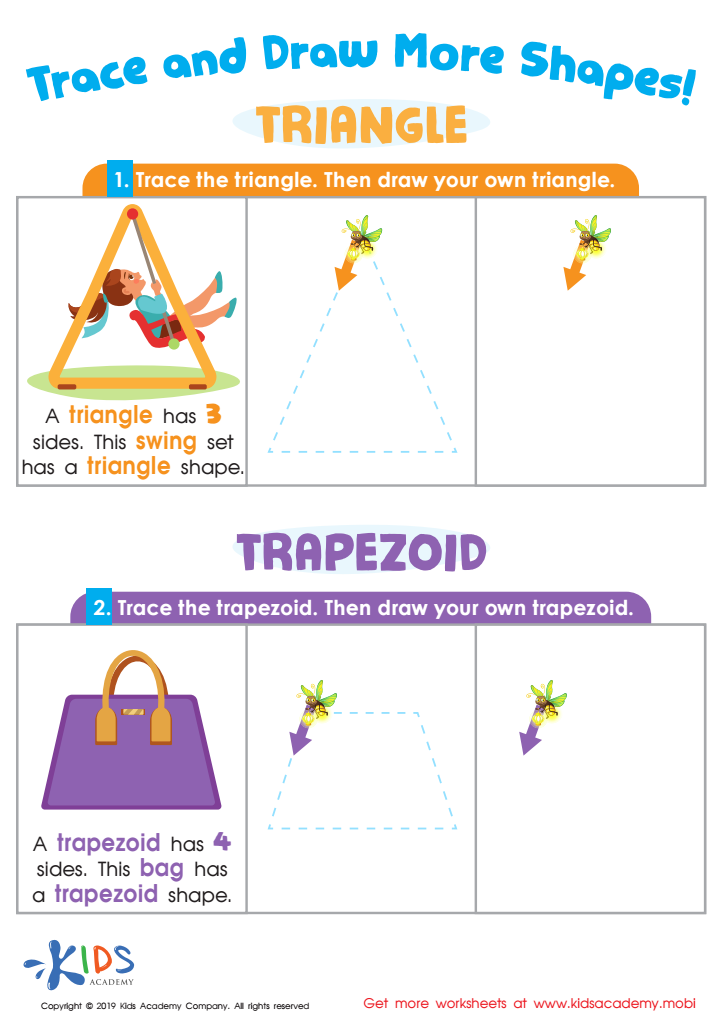

Trace and Draw More Shapes Worksheet


2D and 3D Shapes Worksheet
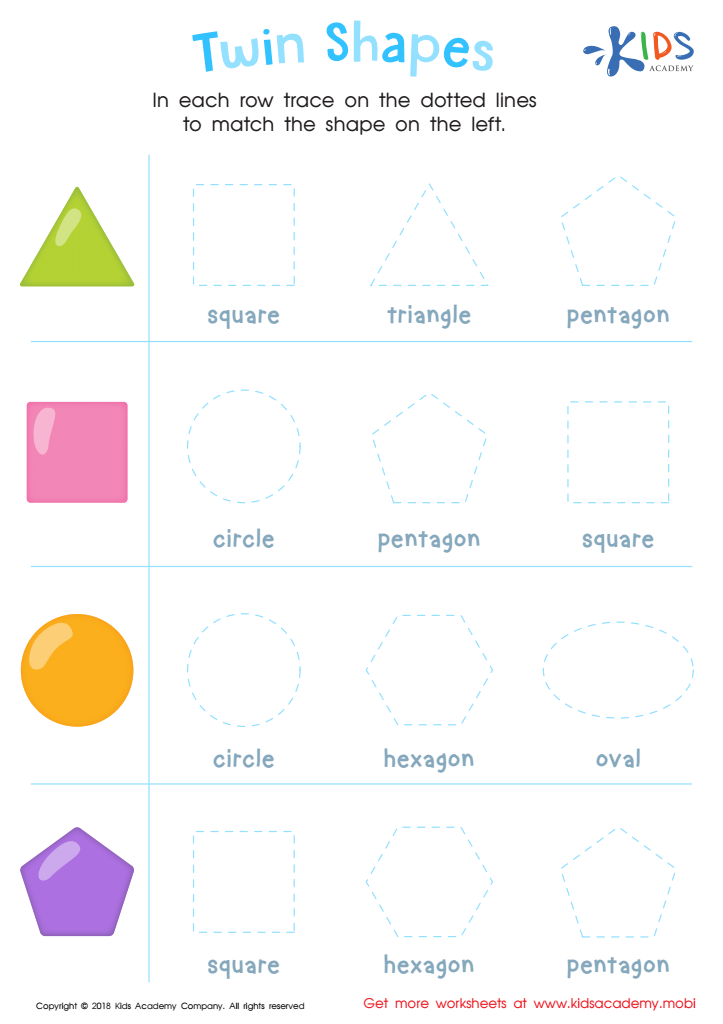

Twin Shapes Dot-to-Dot Worksheet
Parents and teachers should care about Extra Challenge Tracing Shapes for children ages 3-8 because it plays a crucial role in their early developmental stages. Engaging in tracing activities helps young children develop fine motor skills, which are essential for writing and hand-eye coordination. Tracing shapes can enhance spatial awareness and geometric understanding, foundational concepts for later math skills.
Moreover, these activities foster concentration, patience, and the ability to follow directions—all important for academic success. By completing tracing challenges, children also build their self-esteem and confidence as they see their progressive improvement. These structured yet enjoyable tasks can keep their minds stimulated, balancing screen time with hands-on learning.
Additionally, tracing shapes can serve as an excellent remedial space for differentiation. Parents and teachers can tailor these activities to individual skill levels, providing extra practice where needed without overwhelming the child. Encouraging daily tracing at home or in the classroom also reinforces routine and discipline.
In sum, shaping early education environments to include activities like Extra Challenge Tracing Shapes helps lay a solid foundation for a child's cognitive, motor, and emotional development, setting the stage for future educational milestones and promoting a lifelong love for learning.
 Assign to My Students
Assign to My Students





